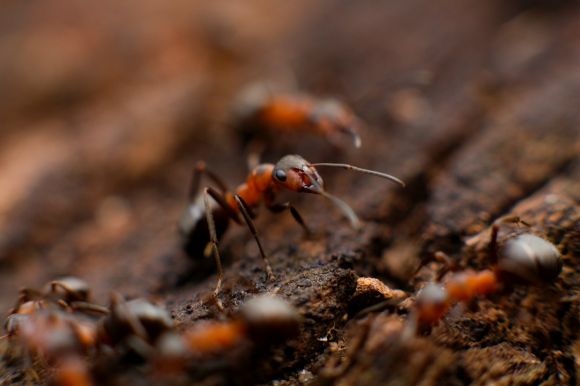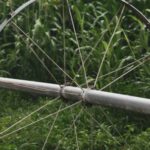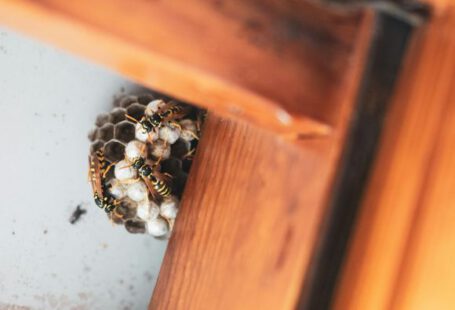Plants are susceptible to various pests that can damage their growth and overall health. To protect your plants from these pesky insects, it is essential to choose the right insecticide. However, with so many options available in the market, selecting the most suitable one can be quite overwhelming. In this article, we will guide you through the process of choosing the right insecticide for your plants, ensuring their protection and optimal growth.
Understanding Your Pest Problem
Before you rush to buy an insecticide, it is crucial to identify the specific pest problem you are dealing with. Different insects require different types of insecticides for effective control. Take the time to observe your plants and identify the type of pests that are causing damage. It could be aphids, spider mites, caterpillars, or any other common garden pests. Once you have identified the pests, you can narrow down your options when selecting an insecticide.
Consider the Type of Insecticide
There are various types of insecticides available, each with its own mode of action and effectiveness against different pests. Broadly, insecticides can be categorized into three types: contact insecticides, systemic insecticides, and stomach poisons.
Contact insecticides work by directly killing insects upon contact. They are effective against pests that are present on the surface of the plants, such as aphids or caterpillars. Systemic insecticides, on the other hand, are absorbed by the plant and circulate through its tissues. They are effective against pests that feed on the plant, such as spider mites or whiteflies. Stomach poisons, as the name suggests, work by poisoning insects when they consume the treated plant parts. These insecticides are effective against pests that chew on the leaves, such as beetles or caterpillars.
Consider the Environmental Impact
It is important to consider the environmental impact of the insecticide you choose. Some insecticides contain harmful chemicals that can be toxic to humans, pets, and beneficial insects like bees and ladybugs. Opt for insecticides that are labeled as organic or environmentally friendly. These insecticides are made from natural ingredients and are less harmful to the environment.
Read the Label
Always read the label of the insecticide before making a purchase. The label contains important information about the active ingredients, target pests, application instructions, and safety precautions. Make sure the insecticide you choose is suitable for the type of plants you have and the pests you are trying to control. Follow the instructions carefully to ensure safe and effective application.
Consider Application Method
Consider the ease of application when choosing an insecticide. Some insecticides come in ready-to-use sprays, while others require dilution with water. If you have a large garden, a concentrated insecticide that can be mixed with water might be more cost-effective. Additionally, consider the application method that suits your preferences. Some insecticides can be applied using a sprayer, while others come in the form of granules or dust.
In Conclusion
Choosing the right insecticide for your plants is essential for their protection and growth. By understanding your pest problem, considering the type of insecticide, evaluating the environmental impact, reading the label, and considering the application method, you can make an informed decision. Remember to always follow the instructions and take necessary safety precautions when using insecticides. With the right insecticide, you can keep your plants healthy and free from destructive pests.





